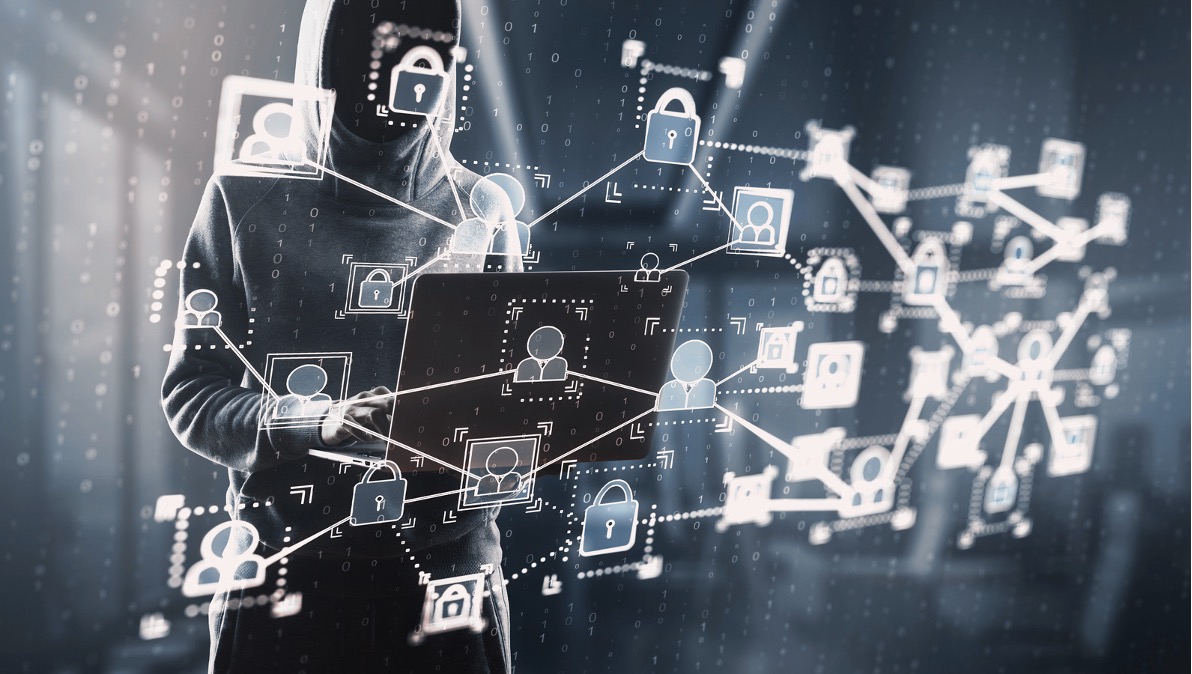Contributor: Matt Cooper, Licensed Private Investigator, Former Law Enforcement Detective
In the wake of significant events like Hurricane Beryl and the recent assassination attempt, the dangers of phishing and smishing attacks rise dramatically. Here’s why:
Heightened Emotions and Vulnerabilities
- Increased Concern:
- After a major event, people are naturally more anxious and eager for information. This heightened state can cloud judgment, making individuals more likely to click on suspicious links or open unexpected attachments.
- Desire to Help:
- People often feel compelled to help after a disaster or crisis. Scammers exploit this altruism by posing as charities or relief organizations and tricking victims into donating money or sharing personal information.
- Sense of Urgency:
- Attackers use urgency tactics, claiming to offer immediate assistance or critical updates, pressuring victims into acting quickly without proper scrutiny.
Targeted Attacks
- Fake News and Misinformation:
- Scammers leverage the chaos surrounding major incidents to create fake news articles or social media posts containing phishing links, preying on confusion and fear.
- Impersonation of Authorities:
- Phishing emails or smishing texts might appear to come from legitimate sources like government agencies, relief organizations, or utility companies, exploiting trust in official communications.
- Personalized Attacks:
- Scammers personalize messages using information from social media or data breaches to make them seem more credible and convincing.
Examples of Phishing and Smishing Attacks
- Fake Donation Requests:
- Emails or texts claiming to be from charities involved in relief efforts directing recipients to malicious links that steal financial information.
- Fake Offers of Assistance:
- Phishing messages promising access to resources, recovery funds, or government aid in exchange for personal information.
- Alerts About Impending Risks:
- Scammers send messages warning about fake threats or dangers, creating panic to trick people into clicking on malicious links.
How to Protect Yourself
- Be Cautious of Unfamiliar Links and Attachments:
- Avoid clicking on suspicious links or opening attachments in emails or texts, even if they seem to come from familiar sources.
- Verify Information Independently:
- To confirm the legitimacy of the request, contact the supposed sender directly through a trusted channel (such as a verified phone number or official website).
- Beware of Urgent Requests:
- Legitimate organizations typically do not pressure for immediate action. Be wary of messages demanding quick decisions or financial information.
- Double-Check URLs and Email Addresses:
- Carefully examine the spelling of website addresses and email addresses before entering any information.
- Use Strong Passwords and Enable Two-Factor Authentication:
- Employ different, complex passwords for your online accounts and enable two-factor authentication where available.
- Stay Informed from Trusted Sources:
- Rely on official channels and established news outlets for information about significant incidents.
Remember:
If something seems too good to be true, it probably is. Be cautious and do not hesitate to report suspicious messages to the appropriate authorities.
—
By staying vigilant and informed, we can protect ourselves and our communities from the increased risk of phishing and smishing attacks that follow major incidents. Stay safe, and always double-check before you click!
To learn more, please check out this link from the FCC: Avoid the Temptation of Smishing Scams







